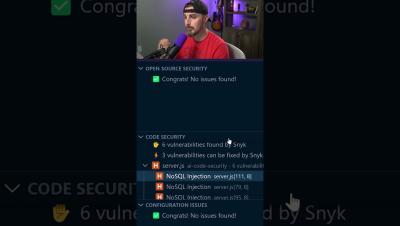Agent hijacking: The true impact of prompt injection attacks
Over the last 18 months, you’ve probably heard about Large Language Models (LLMs) like OpenAI’s GPT and Google’s Gemini. Whether you’re using them as a personal research assistant, an editor, or a data analyst, these tools represent a new frontier of Machine Learning (ML) and Artificial Intelligence (AI) and arguably will have the most significant impact of any technology in this decade.











